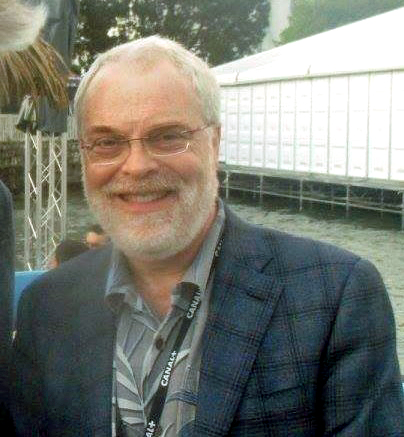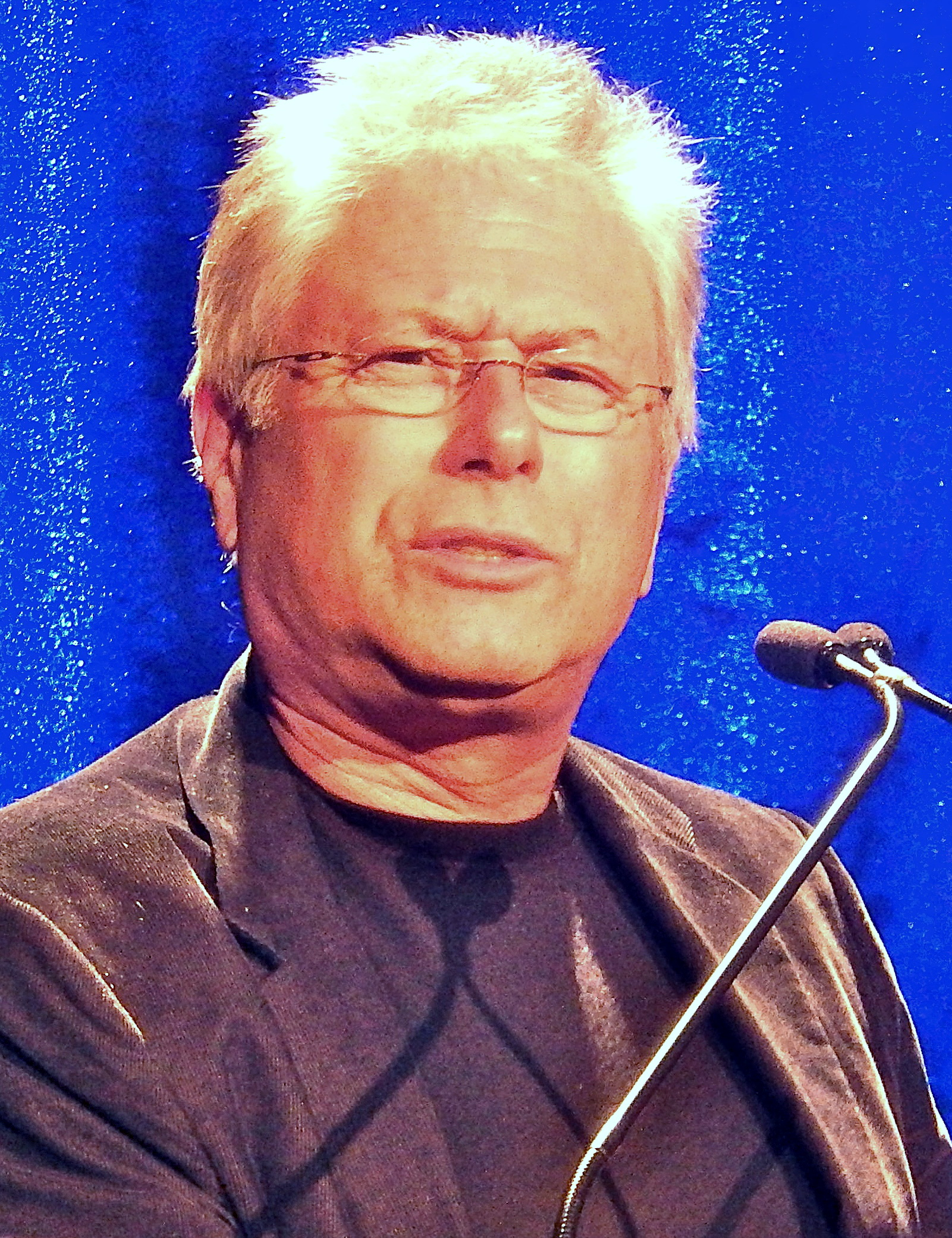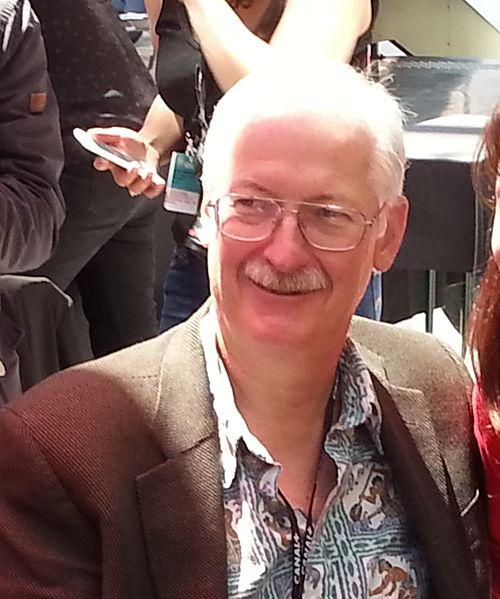Title of the work
Studio / Production Company
Country of the First Edition
Country/countries of popularity
Original Language
First Edition Date
First Edition Details
Hercules. Directed by John Musker and Ron Clements, music by Alan Menken, lyrics by David Zippel. Burbank, CA: Walt Disney Feature Animation, 1997.
Running time
Format
Awards
Although loved and appreciated by many and nominated for the coveted Oscar for the Best Original Song and for the Saturn Award for the best Fantasy Film, it won two Annie Awards for accomplishments in animation.
Genre
Alternative histories (Fiction)
Animated films
Musicals
Mythological fiction
Myths
Target Audience
Crossover
Cover

We are still trying to obtain permission for posting the original cover.
Author of the Entry:
Anna Mik, University of Warsaw, anna.m.mik@gmail.com
Peer-reviewer of the Entry:
Elżbieta Olechowska, University of Warsaw, elzbieta.olechowska@gmail.com
Susan Deacy, University of Roehampton, s.deacy@roehampton.ac.uk

Ron Clements, photographed by Boungawa on June 18, 2016, portrait is licensed under the Creative Commons Attribution-Share Alike (accessed: May 24, 2018).
Ron (Ronald) Clements
, b. 1953
(Animator, Director)
Ron Clements was born on April 25, 1953. He was the supervising animator in (inter alia) Peter Pan, Lady and the Tramp and Aristocats. He has often collaborated with Musker, and the pair have become more famous as a duo than as individual artists.
Musker and Clements met while producing The Fox and the Hound. After that they teamed up to create many Disney Renaissance Movies, such as The Little Mermaid and Aladdin.
Bio prepared by Anna Mik, University of Warsaw, anna.m.mik@gmail.com

Portrait of Alan Menken, photographed by Sarah Ackerman on October 21, 2013, is licensed under the Creative Commons Attribution-Share Alike (accessed: May 25, 2018).
Alan Menken
, b. 1949
(Composer)
Alan Menken was born on July 22, 1949. His father was a “boogie-woogie piano-playing dentist” (accessed: May 24, 2018), while his mother was a dancer, actress and playwright. He, too, grew up to be an artist, an author of many musical and movie scores. One of his major works, the first that brought him a wide fame, was co-written with Howard Ashman and called The Little Shop of Horrors. (Like Hercules, this is narrated by a Greek-like choir of three African-American singers). This was enough for the duo to be hired by Disney as composers of the score for The Little Mermaid – Menken won an Oscar for the song Under the Sea and the whole score. He also created, along with various other musicians, scores for Beauty and the Beast, Aladdin, and other Disney Renaissance movies. Menken wrote the music for Hercules, while David Zippel wrote the lyrics [6 gospel songs, including: The Gospel Truth sang by a Greek gospel choir and Zero to Hero which sums up Hercules’ heroic career]. Before this, they created the music for the cabaret revue It’s Better With a Band, and for the musical Diamonds.
Bio prepared by Anna Mik, University of Warsaw, anna.m.mik@gmail.com

Portrait of John Musker, photographed by Boungawa on June 17, 2016. The file is licensed under the Creative Commons Attribution-Share Alike (accessed: May 25, 2018).
John Musker
, b. 1953
(Animator, Director)
John Musker, an animator, film director, producer, and screenwriter was born in Chicago, on November 8, 1953. He was one of the most famous Disney animators. After graduating from Northwestern University, he studied at Weinberg College of Arts and Sciences (also part of Northwestern University) – during which time he drew cartoons in the Daily Northwestern – and at the California Institute of the Arts. Then he began to work for the Disney Company, where he met Ron Clements.
Bio prepared by Anna Mik, University of Warsaw, anna.m.mik@gmail.com

David Zippel (Director, Producer)
Casting
Voices:
- Danny DeVito (Phil),
- Tate Donovan (Hercules),
- Susan Egan (Megara),
- James Woods (Hades),
- Charlton Heston (opening narrator),
- and others.
Sequels, Prequels and Spin-offs
Video game (Hercules Action Game), 1997;
Disney's Hercules: The Animated Series, 1998 (a two-season television series of 67 episodes).
Summary
Hercules tells the story of a young, incredibly strong man who learns that Zeus is his father. To get back to Olympus, he has to prove himself by finding out what it means to be a true hero, eventually by defeating Hades, the main villain of the story, who is bent on taking over the world. Although it is based on the Greek myth, it promotes mainly typically American, rather than ancient, values.
Analysis
At first, Disney’s preference was to create a movie based on The Odyssey, but once this idea was abandoned, the creators, still wanting to exploit Greek mythology, settled for an updated story of exclusion… but of a demigod. In 1994, they took a field trip to Greece and Turkey in search for inspiration, patterns, artworks, and examples of vase painting. These were later used in the movie. As David Smith stated, “The film features the first use in animation of the process of morphing, wherein an object is made to smoothly transform into another, utilizing computer technology.” (Smith 2015, p. 341)
The Disney portrayal of the mythical hero adds some new aspects. The movie is not an adaptation of the Greek myth (or to be more accurate – myths), the plot itself and the fairytale-like style of narration differ drastically from the “original” story. To be more specific, we are dealing with an actualization of the myth: the new way of recounting it reflects the needs of the American society in the 1990s.
As Joseph Campbell (the creator of the concept of the hero’s journey pattern) stated, the journey of the hero takes always the same route, according to the pattern contained in the kernel of the myth, consisting of three stages: separation from the world, arrival at the source of power and a life-fulfilling return home (Campbell, 1997:37). We find all of these stages in Disney’s Hercules. Presenting the same, well-known story once again shows the social need of resuming the tradition of retelling myths that help people in their everyday lives. The movie is called by some scholars a ‘neo-mythologism’, which could be defined as reaching for the supernatural in the world of reason accompanied by the will of maintaining the sanctity of the myth (Pop, 2013:13). Movies become a tool for teaching children about myths (Pop, 2013:14), not as stories but as phenomena.
The Hercules myth is told in the classic Disney style – as a fairytale (Konieczna, 2015:52). Its presence is signaled at the very beginning of the animation. The story is recounted by the gospel-like singers, the Nine Muses, who interrupt the traditional narration:
"Long ago, in the faraway land of ancient Greece...
there was a golden age of powerful gods...
and extraordinary heroes.
And the greatest and strongest of all these heroes...
was the mighty Hercules.
But what is the measure of a true hero?
Ah, that is what our story is..."
[At this moment the women’s voice take over:]
"Will you listen to him?
He's makin' the story sound like some Greek tragedy.
Lighten up, dude.
We'll take it from here, darling.
You go, girl."
Even before the actual myth is presented, we get the idea that this story is going to be different from the one we know. It will be sung to us rather than told, with a happy ending. It will not be the classical myth, but the monomythical fairy tale.
The protagonist – Hercules – may be seen as a Disney superhero of popular culture mythology (Zwierzchowski, 2003:1 and further). His resemblance to the Greek or Roman demigod is vague, however this does not appear intentional on the part of the creators of the movie (Zwierzchowski, 2003:68). Zwierzchowski points out that the main goal was to tell a story about love between a femme fatale and an innocent teenager. This motif was supposedly borrowed from the model of the American comedy of the 1930s and 40s (Zwierzchowski, 2003:69). Whether this view is correct or not, the main theme of this movie comes directly from popular culture – a stereotype of a contemporary superhero and celebrity, in this case presented through the cultural Other, perfect partner, and even a ‘monster’.
The Twelve Labours of Hercules were presented as snapshots in the song From Zero to Hero. Not much of the actual myth was left there. At most, Olympian gods were only an inspiration for creating a story about a modern superhero. It can also be said that Hercules in the movie is a contradiction of the mythical archetype. He is from a biparental family and displays very American values of innocence, nobility, and resourcefulness. Even if it is not an adaptation but a transformation, we can definitely call it a legitimate actualization of the ancient story. It demonstrates to the children (but not only them) that might or fame are not the most important things in the world. The most important thing is to have a good heart.
Further Reading
Campbell, Joseph, The Hero with a Thousand Faces, Novato, CA: New World Library, 2008.
Davies, Amy M., Handsome Heroes & Vile Villains: Men in Disney’s Feature Animation, New Barnet, Herts: John Libbey Publishing Ltd, 2013.
Pop, Doru, “Mythology Amalgamated. The Transformation of the Mythological and the Re-appropriation of the Myths in Contemporary Cinema”, Ekphrasis 2 (2013) (accessed: November 25, 2021).
Smith, Dave, ed., “Hercules” (entry) in Disney A to Z: The Official Encyclopedia, 4th ed., Burbank, CA: Disney Books, 2015.
Zwierzchowski, Piotr, “Herkules brat Supermana”, Kultura popularna 1 (2003) available at repozytorium.ukw.edu.pl (accessed: August 17, 2018).
Addenda
– As far as links to the ancient tradition are concerned, we may point out the following motifs:
Retelling of Heracles’ myth, which is an example of the great oral tradition – recreating the story due to its then cultural, historic and social context
The Greek gospel choir, composed of African-American Muses, who accompany the hero and help to tell the story (with songs). This was perhaps the most important occurrence of African American women in Disney history, and the innovation is considered a breakthrough.
Artistic values – not only the general style of animation, but also locations, landscapes, vases, etc. were all drawn in the ancient Greek style
Creating a pop-cultural Olympus and gathering various gods and mythological creatures in one story. The popular culture is recreated within the Greek context. For example, by becoming the hero, Hercules also becomes a celebrity, with his own Hollywood star and production of his own footwear line (just like Michael Jordan in the 1990s.)
The creators transformed well-known characters from Greek mythology into Disney heroes. Hercules is an innocent teenager, Meg, his love, is a femme fatale, Phil, a satyr, plays the role of a funny side-kick, and Hades is a cynical traditional fairy-tale villain. The depiction of Hercules’ parents is also simplified: Hera and Zeus are a loving couple, caring for their only child. All gods (besides Hades) live on Mount Olympus in harmony, celebrating their immortality by having an endless party.
– Collaborators: Alice Dewey, Andy Gaskill, Gerald Scarfe – among the other achievements of these artists were the graphics for the Pink Floyds (for The Wall). The production involved 700 artists.
– Box office: On the opening weekend it earned nearly $250,000. The production cost $85 million. Domestically and internationally, the movie earned $253 million.


